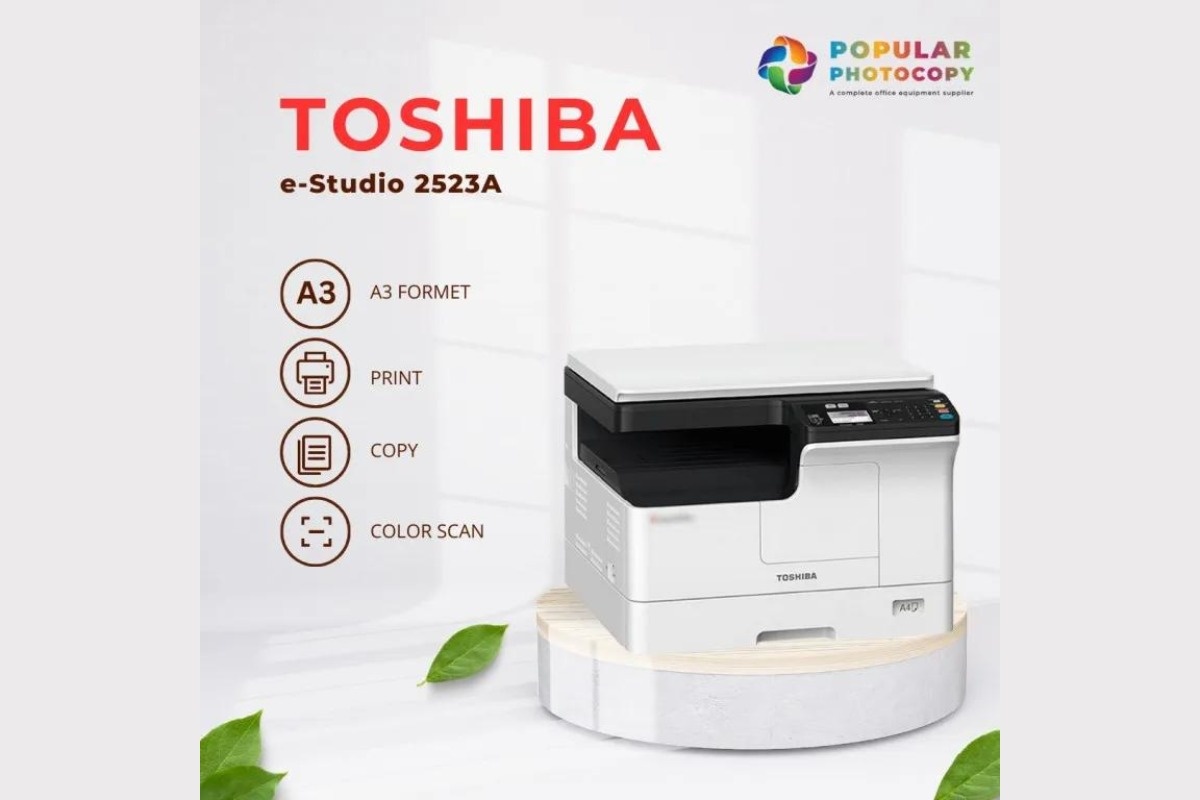Photocopy machines have revolutionized the way we share and replicate documents, making them an essential tool in offices, schools, and homes. Over the decades, these machines have evolved significantly, adapting to our changing needs and advancing technology.
A Brief History
The journey of photocopying began in the late 19th century with the invention of the first copying machines. However, it wasn’t until the 1950s that the modern photocopier, using the process of xerography, emerged. This technology allowed for quick and efficient duplication of documents, forever changing the landscape of office work.
Key Features of Modern Photocopy Machines
1. Digital Capabilities: Today’s photocopy machines are often multifunctional devices that combine printing, scanning, and faxing. Digital photocopiers use advanced software to produce high-quality copies with incredible speed and precision.
2. Connectivity: Modern machines can connect to networks, allowing users to send documents directly from computers or smartphones. Cloud integration has made it easier than ever to access and print documents from anywhere.
3. User-Friendly Interfaces: Touchscreen interfaces and intuitive navigation systems have simplified the photocopying process, making it accessible even for those less tech-savvy.
4. Energy Efficiency: Many contemporary photocopiers are designed with energy-saving features, reducing their environmental impact while maintaining high performance.
5. Enhanced Security: With the rise in digital data breaches, modern photocopiers come equipped with advanced security features, such as user authentication and encrypted data transmission, ensuring sensitive information remains protected.
Why Photocopiers Matter
Photocopy machines play a crucial role in improving productivity and efficiency in various settings. They streamline the process of document sharing, making it easy to distribute information quickly. Whether it’s producing handouts for a meeting, duplicating important contracts, or scanning documents for digital archiving, photocopiers are indispensable tools that support day-to-day operations.
Conclusion
As technology continues to advance, photocopy machines will likely keep evolving, offering even more features and capabilities. Despite the rise of digital communication, the need for physical copies remains strong. Understanding the capabilities of modern photocopiers can help businesses and individuals make informed choices, ensuring they have the right tools to meet their needs in an ever-changing world.





Comments